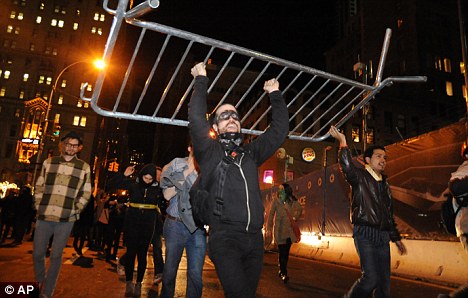
WNV contributor Jeremy Kessler has a new essay at The New Republic, an Occupy Wall Street-inspired reflection on the relationship between protest movements and the crafting of the First Amendment’s right to assembly in American legal history:
Only as massive labor unrest roiled the country during the Great Depression did the federal judiciary begin to put meat on the bones of the First Amendment’s “right to peaceably assemble.” In 1939, in Hague v. CIO, the Supreme Court invalidated the mayor of Jersey City’s attempt to bar labor organizers from meeting on public property. Public spaces such as streets and parks, the Court wrote, “have immemorially been held in trust for the use of the public and, time out of mind, have been used for purposes of assembly.” In vindicating the right of the CIO to assemble, the Court described a new legal space—the public forum—in which certain kinds of expression could not be restricted. Ironically, in later years, the public forum concept, and the equation of a particular act of assembly with the more general category of “expression,” would become ways of limiting rather than liberating assembly.
In the 1960s and early ’70s, however, civil rights activists pushed the boundaries of the Haguedecision, assembling out of doors and sitting where they didn’t belong, often in violation of public safety and trespass laws. The Supreme Court responded positively to these efforts, reversing dozens of local convictions, including that of five African-American men who staged a silent protest in the “whites-only” public library and eighty-five demonstrators who protested school segregation outside the home of the mayor of Chicago. The simple fact that local officials found the use of public land by civil rights activists to be a threat to public safety did not give them the authority to disperse the assembled protesters.
For more, read the rest of the essay, and see the video of Jeremy and me on a panel together at Columbia Law School.
